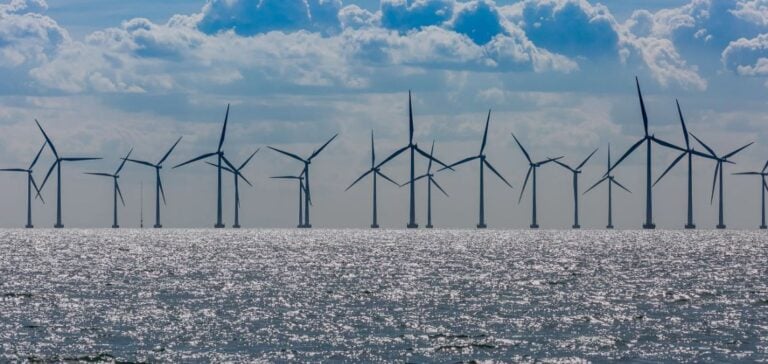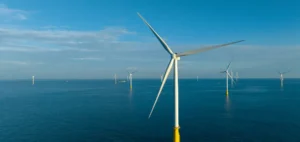The U.S. government has approved the SouthCoast Wind offshore energy project, a strategic initiative off the coast of Massachusetts. With a planned capacity of 2.4 gigawatts (GW), this project aligns with national efforts to expand renewable energy sources and reduce reliance on fossil fuels.
A strategic energy decision
This project, overseen by the Bureau of Ocean Energy Management (BOEM), marks a significant milestone in the U.S. energy policy. With its 141 planned turbines, the SouthCoast Wind Project will provide electricity to approximately 840,000 homes while supporting regional economic growth. Officials emphasized the importance of this investment in modernizing energy infrastructure and bolstering energy security.
Economic and environmental impact
Beyond its energy capacity, the project will create thousands of jobs in construction and manufacturing. Federal authorities have also implemented specific measures to mitigate environmental impacts, particularly on marine habitats and protected species. These adjustments include reducing certain turbine installation zones to protect local ecosystems.
A signal for the renewable energy market
Since 2022, the United States has multiplied offshore wind projects, with six concession auctions organized, including on the Pacific coast and in the Gulf of Mexico. These initiatives aim to position the country as a global leader in clean energy production while strengthening the competitiveness of the domestic market.
This project thus reinforces the U.S. political commitment to the energy transition while offering significant economic opportunities for the affected regions.





















